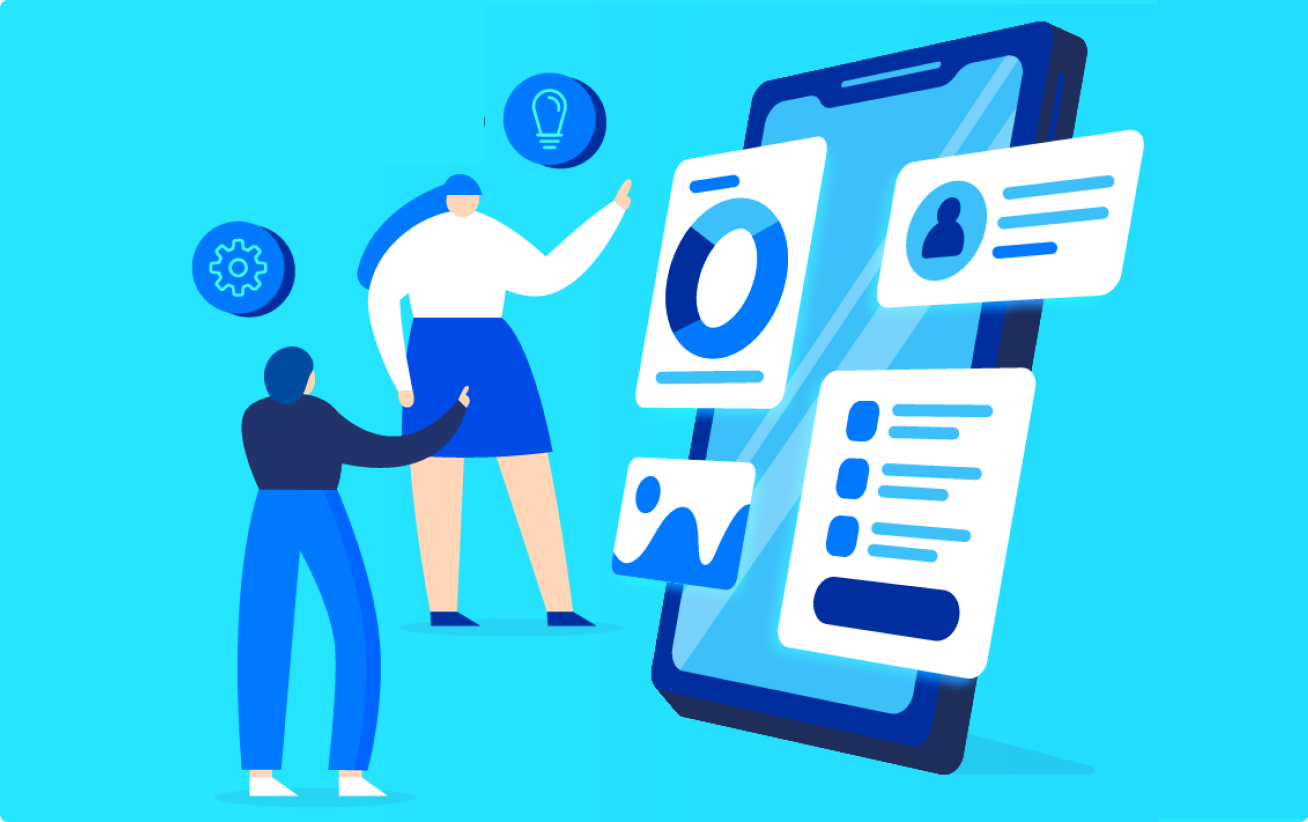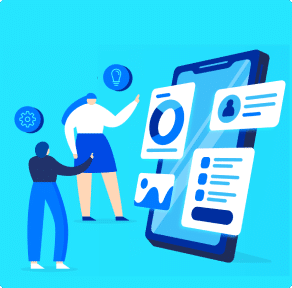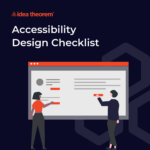Great UX design (User Experience) makes any app or website work for users. There are so many Common Misconceptions About UX Design which may affect your business in a major way.
Despite the widespread adoption of UX design, misconceptions persist, partly due to confusion with the similar but distinct field of UI (User Interface) design.
So, in this article, we’ll discuss some of the most widely-held misconceptions and myths about UX design, and explain why each one is incorrect. Let’s get started now, and explore this subject in further detail.
UX Is The Same As UI
UX/UI are often used interchangeably – or alongside each other – but it’s important to be able to recognize the differences between UX and UI. They are not the same – and in fact, they are two distinct processes that must be used in parallel to reach the same goal.
At the most basic level, you can understand the difference between UX and UI as this: UX design is the starting point of the design process – and has the goal of creating a particular user journey. In contrast, UI design is meant to help create the final user interface – this UI process takes place after the UX process has defined the basics of how the user will interact with a given product.
In other words, UX design specializes in the research of user experiences, understanding human engagement, and studying the ways that customers interact with a product, and their journey while using it.
User Interface (UI) is intended to focus closely on the look and feel of a product – and create a user interface based on the UX principles that were found throughout the UX process. To further define the difference between these two fields, we’ve put together a few more differences in the table below.
| UI Design | UX Design |
| UI is concerned with the visual design of a product and focuses on the look and feel of a particular interface. | UX is interaction design, focusing on the customers’ experience and ways they can interact with a product to accomplish a particular goal. |
| UI utilizes design trends and brand guidelines to ensure that the UI conforms to the proper branding and design elements. | UX utilizes user research, empathy, user emotions, and data to understand how users interact with digital products and websites. |
| UI design consists mainly of color, typography, layout creation, and using UI tools to create mockups. | UX focuses primarily on wireframes, site maps, and persona creation. |
UX Design Starts With Technology
This is not true. Fancy tech is cool, but UX design prioritizes users, not trends.
Instead, UX design focuses on creating products that are meaningful and provide seamless, relevant experiences to their users. Great UX starts with knowing how users interact, not the tech behind it.
UX design leverages tech for a better product, but prioritizes the customer’s experience first. It prioritizes users, then uses tech to craft a stellar experience.
UX Design Is Only About Users
While UX design naturally prioritizes crafting optimal user experiences, it’s not its sole objective. In reality, the goals and objectives of a UX project are typically predetermined by the businesses developing the software or website.
This ensures that a UX team has a clear set of expectations and deliverables – and understands both the customer’s needs and the goals and expectations of a business.
UX involves a balancing act, striving for the best user experience while satisfying the goals and objectives of the business developing the software or website.
UX bridges the user-need gap! Companies guide, UX designers craft solutions.
UX Design Is Just Another Step In A Product’s Development
This is another common misconception. UX is never “done.” UX isn’t a one-time thing. It’s a constant loop from project start to finish.
There are a few reasons for this.
Scope and feature creep (adding more than planned) forces UX and UI redesign.
Additionally, it’s not always easy to predict how users will react to a particular design.
UX requires continuous refinement and A/B user testing to ensure that the goals of the UX design are being met and that the original objectives of the UX design can be accomplished.
UX shouldn’t stop at launch. It’s a loop: as features grow, UX adapts to keep it user-friendly. Even after a project is completed, regular UX audits can help refine the product in the future.
Great UX Design Is Universal, And Easy-To-Use For Everyone
This is, for the most part, not true. Why? Because UX is concerned with making a product intuitive and easy to use for a particular audience. In other words, the product will be designed to be very usable for a specific subset of people. You’re focusing on a specific user persona.
For some products, like an eCommerce website, this means that, yes, the UX design should be extremely intuitive and easy to use for just about anyone – because your “audience” is everyone!
But when it comes to more technical websites and applications, the user persona changes.
The 3D modeling program’s UX designer prioritizes industry standards for a seamless experience for experienced users.
UX design is about making the experience great for a particular user.
Simple UIs can backfire for power users who crave complexity.
For a product to be valuable, it must be understandable and user-friendly to a specific user persona.
Want to learn more about Customer Personas?
Download the Template >>
Know The Facts Behind These Common UX Misconceptions!
We hope that this article has been helpful, and helped you learn about a few of the most common misconceptions about UX. For more information, you can take a look at our blog – and get even more insights about UX, UI, and other related subjects like information architecture from Idea Theorem™.
—
What’s Next
Idea Theorem is an award-winning design & development agency based in North America. Through our empathy-driven approach, we have crafted digital products that have positively impacted over 10 million users. Our mission is to shape the digital future by delivering exceptional experiences. Contact Us if you have any questions; we will gladly help you.







